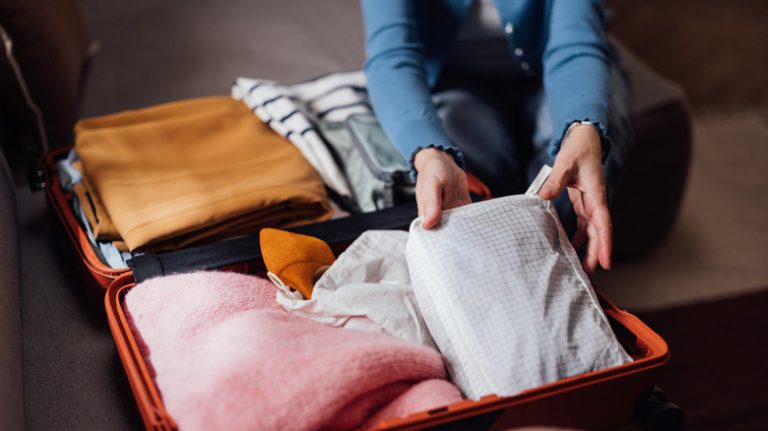
At present, the exchange rate between the Euro and the U.S. dollar is 1.155. This means that travelers heading to European countries using the Euro need about $1.16 to obtain a single one-Euro coin. In comparison, back in January 2025, when the dollar was stronger against global currencies, tourists required only approximately $1.02 to exchange for one Euro. This indicates that a European vacation has become significantly more costly for Americans in recent months.
Considering this, the desire to economize where possible is quite strong. However, travel expert Rick Steves advises tourists to avoid one specific saving strategy, even if it seems cost-effective: booking accommodations that include meals. Specifically, hotel room rates that offer dinner, often marketed as “half board.”
Rick Steves is a credible source for European travel advice. Since the early 1970s, the Washington State native has spent about four months abroad annually. The insights gathered during these explorations have been shared through guidebooks, television programs, group tours, and more.
Dine with locals instead

As Rick Steves explains on his website, “Some hotels offer room rates that include dinner in their dining room … [and] a few places (often resorts) even require it, especially in peak season.” Bundling meals with a hotel room during reservations might save money compared to ordering from the hotel’s menu or eating at nearby restaurants. However, doing so might cause travelers to miss the cultural experience of enjoying local cuisine in the company of locals. Some travelers might even choose to avoid restaurants that cater to English speakers.
While some hotels offer a taste of local cuisine alongside a more continental menu, it may not be as authentic. Moreover, the goal of traveling to Europe is to fully experience new cities, not just a hotel’s dining room. If cost is a concern, Steves suggests visiting a local grocery store to purchase picnic supplies or to-go meals, like the rustic pizza squares or focaccia commonly found in Italian supermarkets. Nonetheless, there are situations where hotel dining is practical, such as in small villages with limited dining options.
Adding breakfast isn’t totally taboo

In addition to dinner, Steves also advises against opting for higher room rates that include breakfast in the hotel’s dining area. That said, the travel expert acknowledges that there are instances when this option can be worthwhile. If the included breakfast is very basic, perhaps just bread and coffee, it might not be worth it since local bakeries can offer these at a lower cost. However, a large breakfast buffet with a variety of options, including hot dishes, can provide a solid start to a day’s exploration without hunger pangs.
Apart from meal packages, Steves offers several other tips for budget travel in Europe. This includes saving money by choosing a hotel room with a “private” bathroom exclusively for one room’s use, but possibly located down the hall. He also suggests opting for smaller, independent hotels that don’t target business travelers with expense accounts. Similarly, if you can forgo amenities like a 24-hour reception, elevators, or room service, you might find a great deal on a hotel room for your European adventure.






